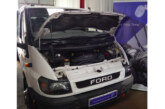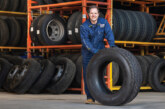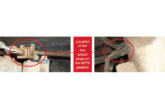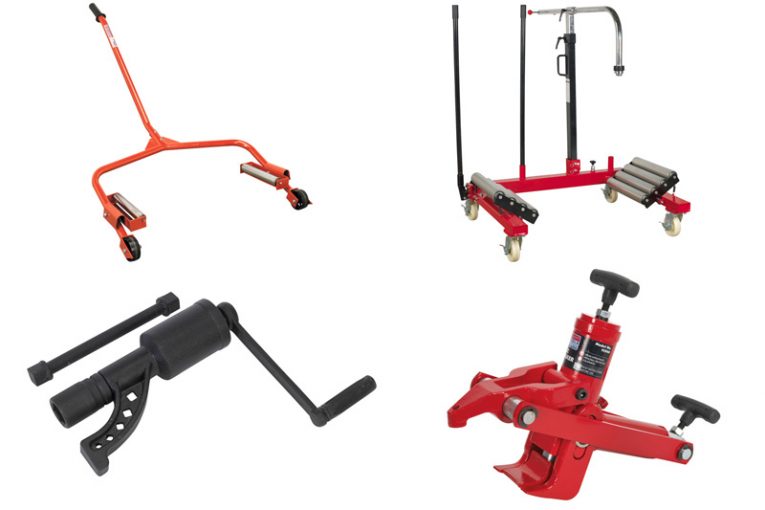
When commercial vehicle tyres require removal, refitting or repairing, the work should only be carried out by suitably trained and competent technicians, due to the safety implications of getting the job wrong. Sealey talks through some of the potential hazards when carrying out such repairs and highlights some equipment that can lend a helping hand.
There are many hazards to be considered when carrying out this type of work. Road-side repairs carry their own specific hazards, as do jobs where technicians are working alone. Almost half of all tyre fitting related injuries reported are connected to manual handling. Moving such large and heavy objects does not need to be a risky process, however, if the correct equipment is used.
Handling
The Sealey TH002 Tyre Dolly has a 127kg capacity, which enables commercial sized wheels and tyres to be removed and refitted onto hubs with ease. At the other end of the range, the company’s W1200T Wheel Removal Trolley has a 1200kg capacity, adjustable rollers and is also designed for one-man operation. With this sort of capacity, even large agricultural vehicle wheels can be removed and refitted with relative ease.
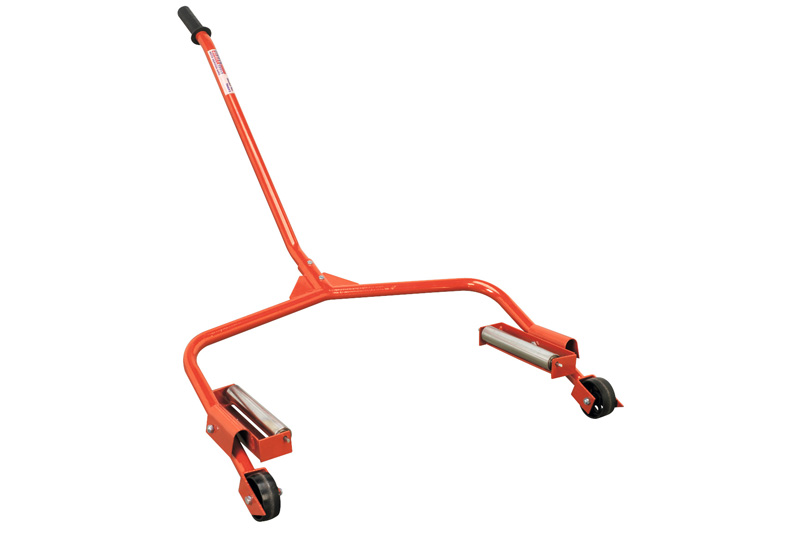

Tool related injury
Tool related injuries account for 25% of injuries, and carefully chosen equipment can make a big difference to technicians’ working conditions and personal safety. Mobile and lone workers face particular hazards associated with their work and such employees may also have to rely on different types of equipment to complete their work. The Sealey SX500 Torque Multiplier, for instance, is ideal for removing and installing wheel nuts on commercial and light commercial vehicles when an air impact wrench is not easily accessible, while the TC966 Hydraulic Bead Breaker makes tyre removal possible when working away from the workshop.
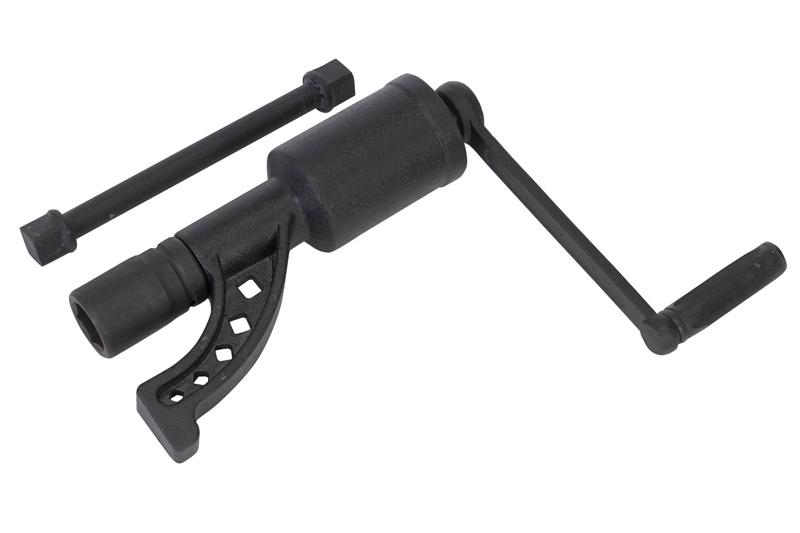
Inflation
Wheel design has moved away from the older split rim design which had seen many serious injuries and fatalities due to wheel failure during tyre fitment and inflation. Inflated commercial vehicle tyres contain a large amount of stored energy in the form of compressed air. This also applies when the use of equipment such as the Sealey TC900 Bead Seating Tool is in use. It is always strongly advised and best practice to create an exclusion zone around the inflation area to stop anyone from entering the area.
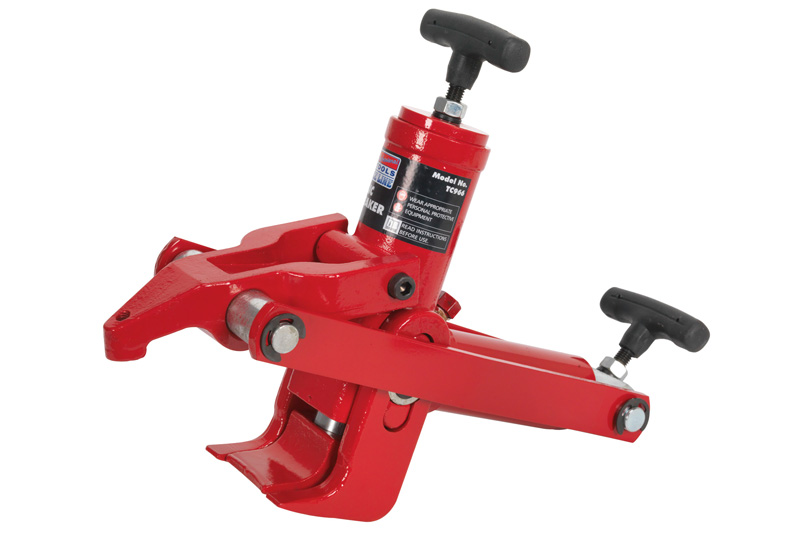
Due to the nature of the risk when inflating a commercial tyre, it is crucial that the airline hose between the clip-on valve connector and the pressure gauge/inflator is a sufficient length to allow the technician to stand away from the likely path of any explosion during inflation, and that the valve connector does not require the technician to hold it in place.
The SA37/94 Tyre Inflator complies with these regulations. Car tyres contain less pressure than a commercial vehicle, and therefore a safety cage would not normally be considered necessary during inflation. LCV tyres, however, are commonly found with recommended pressures of 70psi and over. This may be sufficient to cause injury during inflation in the event of a tyre failure. Airlines should have quick-release couplings at both ends to allow the tyre to be deflated from a safe distance, and outside any likely path of debris should a fault occur.
Sealey stocks a wide range of airline couplings which conform to ISO 4414:1998 and EN 983:1996 regulations and are compatible with PCL standard adaptors.






